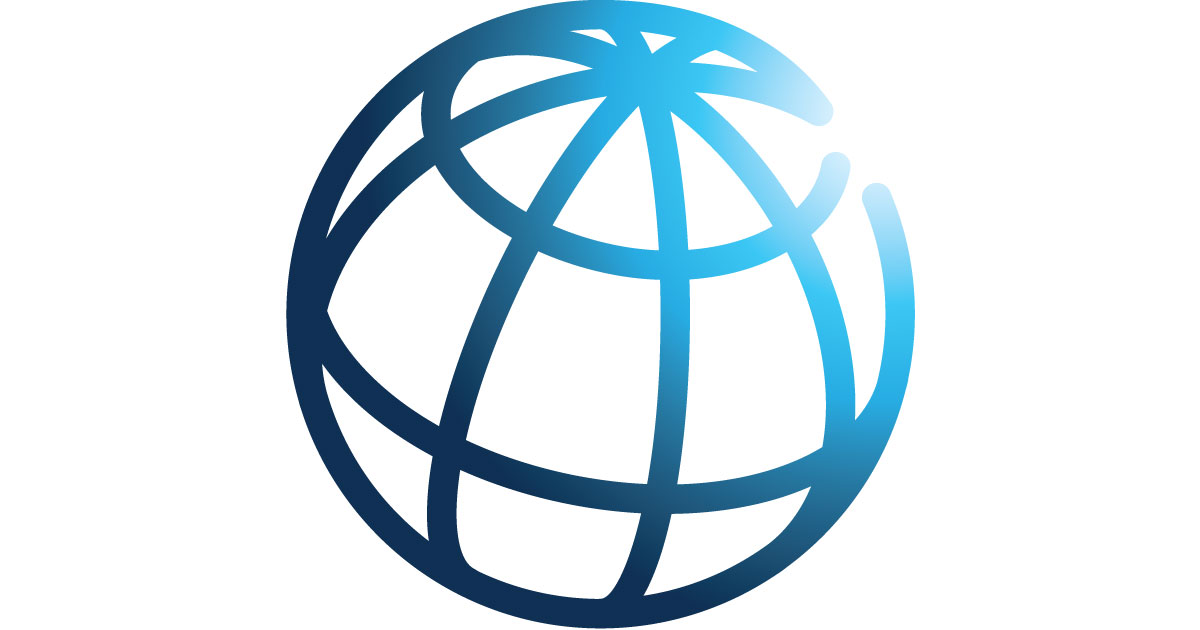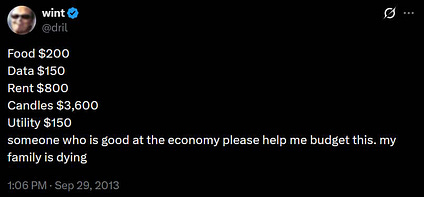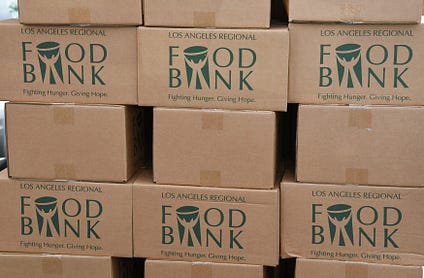‘Mind the Gap’: Addressing Exclusion in Pakistan’s Social Protection System – World Bank Group

Analysis of Pakistan’s National Socio-Economic Registry and its Alignment with Sustainable Development Goals
Introduction: NSER as a Tool for Achieving SDGs
Pakistan’s National Socio-Economic Registry (NSER) serves as a foundational instrument for the nation’s social protection system, directly supporting the advancement of several Sustainable Development Goals (SDGs). As Pakistan transitions from broad-based subsidies to targeted transfers, the NSER is critical for achieving SDG 1 (No Poverty) by ensuring aid reaches the most vulnerable households. The registry’s role in disaster response, such as during the 2022 floods, also aligns with SDG 11 (Sustainable Cities and Communities) and SDG 13 (Climate Action) by facilitating rapid assistance to build resilience. This report evaluates the NSER’s completeness and inclusivity, focusing on its effectiveness in promoting these global goals.
Methodology: The “Mind the Gap” Report
A comprehensive evaluation of the NSER was conducted through the World Bank report, “Mind the Gap.” This analysis represents a key partnership for achieving the goals (SDG 17) through collaboration between the World Bank and Pakistan’s Benazir Income Support Programme (BISP). The assessment’s objective was to strengthen national institutions (SDG 16) by providing an independent analysis of the social registry’s coverage and data reliability.
- Data Collection: The report is based on a nationally representative household survey, conducting face-to-face interviews with 59,456 households across Pakistan.
- Data Validation: The survey data was cross-validated with administrative data from the NSER database, providing a robust assessment of the registry’s completeness and accuracy.
- Scope of Analysis: The evaluation focused on three primary areas:
- Coverage of the poorest households to support targeted poverty alleviation (SDG 1).
- Reliability of NSER data for effective aid targeting.
- Utility of the NSER in emergency response scenarios.
Key Findings: Progress Towards Inclusive Social Protection
The findings indicate substantial progress in establishing a comprehensive social safety net, a cornerstone for eradicating poverty. With 84 percent of Pakistani households registered, the NSER’s coverage significantly exceeds the global average of approximately 41 percent for social registries. This high level of coverage demonstrates a strong commitment to SDG 1 and provides a robust platform for delivering targeted social assistance and strengthening community resilience against economic and climate-related shocks.
Challenges and Barriers to Achieving SDG Targets
Despite significant progress, the analysis identifies critical gaps that impede the full realization of the SDGs, particularly SDG 10 (Reduced Inequalities). These challenges highlight areas requiring targeted intervention to ensure no one is left behind.
- Lack of Awareness: A primary barrier to inclusion is insufficient information. Nearly half of all unregistered households were unaware of the NSER registration process, and only 27 percent knew how to contact the relevant BISP authority. This information gap prevents the most vulnerable from accessing essential social protection services.
- Geographical Disparities: Location is a significant determinant of exclusion, directly undermining the goal of reducing inequality. The probability of a household being excluded from the NSER varies drastically by region, with the exclusion rate in Balochistan (26.2 percent) being more than double that of Khyber Pakhtunkhwa (10.5 percent). This disparity indicates that access to institutional support is not equitable across the country.
1. Which SDGs are addressed or connected to the issues highlighted in the article?
SDG 1: No Poverty
The article directly addresses SDG 1 by focusing on Pakistan’s National Socio-Economic Registry (NSER), a tool designed to implement social protection programs. The core purpose of the NSER, as described, is to identify and provide targeted financial help to the poorest households, which is a fundamental strategy for poverty alleviation.
SDG 10: Reduced Inequalities
The article connects to SDG 10 by examining the inclusivity of the NSER. It highlights significant disparities in registry coverage based on location, noting that “the probability of exclusion for a household living in Balochistan is 26.2 percent as compared to 10.5 percent if living in Khyber Pakhtunkhwa.” This analysis of who is being left out of social protection systems is central to the goal of reducing inequalities.
SDG 16: Peace, Justice and Strong Institutions
The article relates to SDG 16 by evaluating the effectiveness and transparency of a key national institution—the NSER. The World Bank report’s analysis of the registry’s data reliability, registration processes, and public awareness (“Nearly half of the unregistered households were unaware of how to register”) is an assessment of institutional capacity and accountability.
2. What specific targets under those SDGs can be identified based on the article’s content?
SDG 1: No Poverty
- Target 1.3: Implement nationally appropriate social protection systems and measures for all, including floors, and by 2030 achieve substantial coverage of the poor and the vulnerable. The article’s entire focus is on the NSER, which it describes as the “backbone of Pakistan’s expanding social protection” system, and it evaluates the “completeness of the NSER” in covering the poorest households.
SDG 10: Reduced Inequalities
- Target 10.2: By 2030, empower and promote the social, economic and political inclusion of all, irrespective of… economic or other status. The article identifies gaps in the NSER’s coverage and explores “the reasons behind the exclusion of poor households,” directly addressing the challenge of ensuring economic inclusion for all.
- Target 10.4: Adopt policies, especially fiscal, wage and social protection policies, and progressively achieve greater equality. The article mentions that “the country is slowly transitioning from broad-based subsidies to targeted transfers,” which is a specific social protection policy choice aimed at achieving greater equality by focusing resources on the most needy.
SDG 16: Peace, Justice and Strong Institutions
- Target 16.6: Develop effective, accountable and transparent institutions at all levels. The World Bank report’s evaluation of the NSER’s data reliability, registration processes, and inclusivity is a direct assessment of the effectiveness and accountability of this national institution. The finding that many are unaware of the registration process points to a lack of transparency and effectiveness in public outreach.
3. Are there any indicators mentioned or implied in the article that can be used to measure progress towards the identified targets?
SDG 1: No Poverty (Target 1.3)
- Indicator (related to 1.3.1): Proportion of the population covered by social protection systems. The article provides a direct metric: “With 84 percent of Pakistani households registered, this stands above the global average of around 41 percent for social registries.” This measures the coverage of the NSER.
SDG 10: Reduced Inequalities (Target 1.2)
- Indicator: Disparities in access to services by geographic location. The article provides specific data on this: “the probability of exclusion for a household living in Balochistan is 26.2 percent as compared to 10.5 percent if living in Khyber Pakhtunkhwa.” This quantifies the inequality of inclusion in the social registry.
SDG 16: Peace, Justice and Strong Institutions (Target 16.6)
- Indicator: Public awareness of institutional processes. The article implies this indicator by stating, “Nearly half of the unregistered households were unaware of how to register, and only 27 percent knew how to contact the BISP authority.” This data measures the effectiveness and transparency of the institution’s communication and outreach efforts.
4. Table of SDGs, Targets, and Indicators
| SDGs, Targets and Indicators | Corresponding Targets | Specific Indicators Identified in the Article |
|---|---|---|
| SDG 1: No Poverty | 1.3: Implement nationally appropriate social protection systems and measures for all… and achieve substantial coverage of the poor and the vulnerable. | Proportion of households registered in the social registry (NSER): “84 percent of Pakistani households registered.” |
| SDG 10: Reduced Inequalities | 10.2: By 2030, empower and promote the social, economic and political inclusion of all… | Probability of exclusion from the social registry based on geographic location: “26.2 percent [in Balochistan] as compared to 10.5 percent if living in Khyber Pakhtunkhwa.” |
| SDG 16: Peace, Justice and Strong Institutions | 16.6: Develop effective, accountable and transparent institutions at all levels. | Proportion of unregistered households unaware of the registration process: “Nearly half of the unregistered households were unaware of how to register.” |
Source: worldbank.org
What is Your Reaction?
 Like
0
Like
0
 Dislike
0
Dislike
0
 Love
0
Love
0
 Funny
0
Funny
0
 Angry
0
Angry
0
 Sad
0
Sad
0
 Wow
0
Wow
0




















































.jpg.webp?itok=0ZsAnae9#)

























